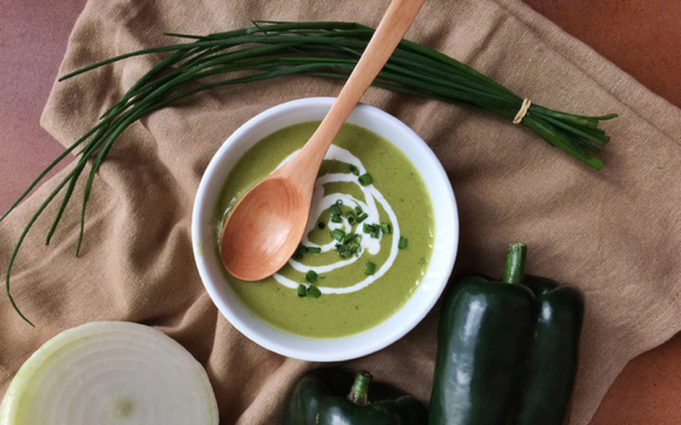Like many of you, I overdid it over the holidays, and I don’t just mean my caloric intake. I’m talking budgets. By Valentine’s Day, I’ll be ready to get out there and partake in food that other people cooked — maybe something fancy. Meanwhile, you can find me in my kitchen. Beyond some discount shopping at Town Talk, my search for budget-friendly ideas took me down a rabbit hole of ingredient substitutions. You’re welcome.
1.) Butter
Margarine is not butter. Do a deep dive into the invention of that product, and you’ll understand it is not a valid food choice. However, for many recipes, you can substitute nut butter, especially in desserts. When you find a good deal on peanut butter, stock up. Due to its long shelf life and generic appeal, it’s a popular food bank request, so consider sharing the love when you find it on sale.
2.) Buttermilk
If you know an old Southern man, you may have seen him enjoying some cornbread in a glass covered with buttermilk. Sounds terrible, but it is a real thing. If you’re drinking buttermilk in whatever weird way you choose, you will need to purchase actual buttermilk. However, if you need it for a recipe you’re cooking, save yourself a few cents and make it yourself. Simply pour 1 tablespoon of lemon juice into a measuring cup, then fill it the rest of the way to the 1 cup line with milk and wait a few minutes. The acid in the lemon juice will curdle the milk, creating buttermilk.
3.) Eggs
In baking, eggs are typically a binder and also add to the texture of the dish. Easy substitutions are applesauce, bananas, or carbonated water. Generally, you’ll need about a half cup of smashed bananas for each egg required. Egg sizes vary, which can affect volume. A “large” egg is about the middle of the egg size chart, and those are considered to be about 2 ounces if you’d prefer to measure by volume.
4.) Heavy Cream
While you could technically substitute milk for heavy cream, it won’t be as creamy as you may want. At least promise me you’ll use whole milk. A better idea is to keep a can of evaporated milk — or Crema Mexicana (table cream) — in the cupboard and use it undiluted.
5.) Self-Rising Flour
When your recipe calls for self-rising flour, but all you have is flour flour, you can add a few basic cooking items and rise to the occasion. Simply add 1.5 teaspoons baking powder and 1/2 teaspoon salt to each cup of flour needed.
6.) Soda vs. Powder
The key difference between baking powder and baking soda is that baking soda is pure sodium bicarbonate, requiring an additional acid to activate its leavening properties, while baking powder already contains acid, so it needs only moisture to react and cause baked goods to rise. Essentially, baking powder is a preactivated version of baking soda. If your recipe calls for baking powder and you have only baking soda, add cream of tartar, which is an acid. For every 1 teaspoon of powder needed, add 1/4 teaspoon baking soda and 1/2 teaspoon cream of tartar.
7.) Mayonnaise
For the most part, mayonnaise, sour cream, and yogurt are all interchangeable in recipes for dressings and sauces, whether hot or cold. #MindBlown If substituting sour cream and folding it into something hot, you’ll want to proceed with caution and lower the temperature while incorporating it. As it’s a dairy product, you don’t want things to get weird.
8.) Yeast
Unless you’re into breadmaking, you probably don’t keep yeast packets around. No worries. Simply combine 1/2 teaspoon of baking soda and 1/2 teaspoon of lemon juice for each cup of yeast needed.
An added benefit is that, for the most part, these substitutions are healthier than the original ingredient. Using plain yogurt in place of sour cream in beef stroganoff, for example, brings the calories down significantly. For other cooking and lifestyle tips, follow Healthy Tips on Facebook (@FitzroyFitnesss).

Courtesy Fort Worth Weekly












